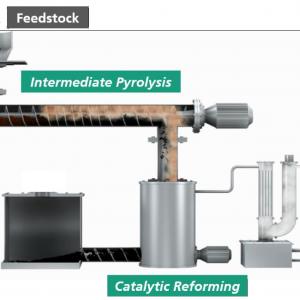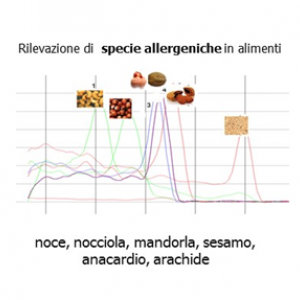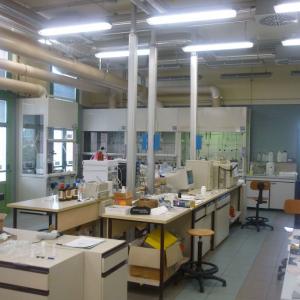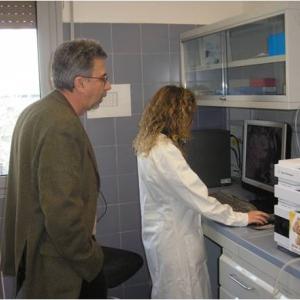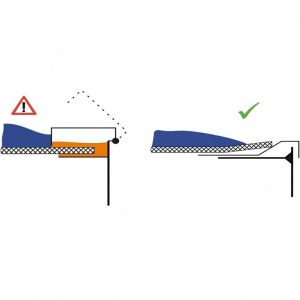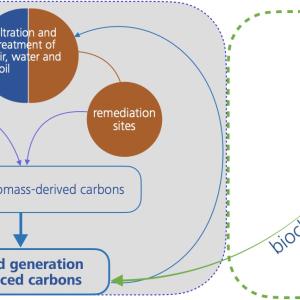
ADVANCED CARBONS: production and use
The main product of this technology is a char produced through thermochemical treatment of organic waste and functionalized for several specific applications by engineering the functionalization methods.
The service offered includes the recovery...


